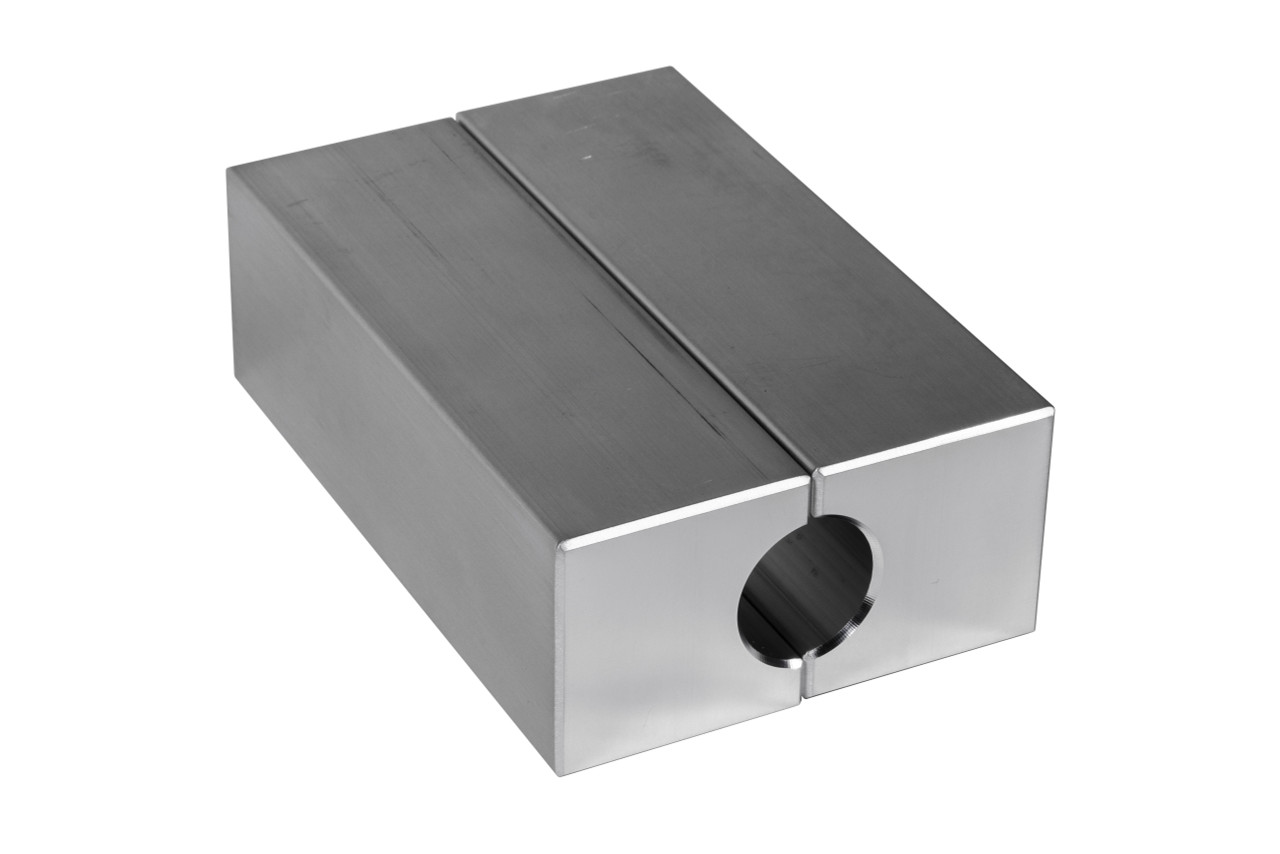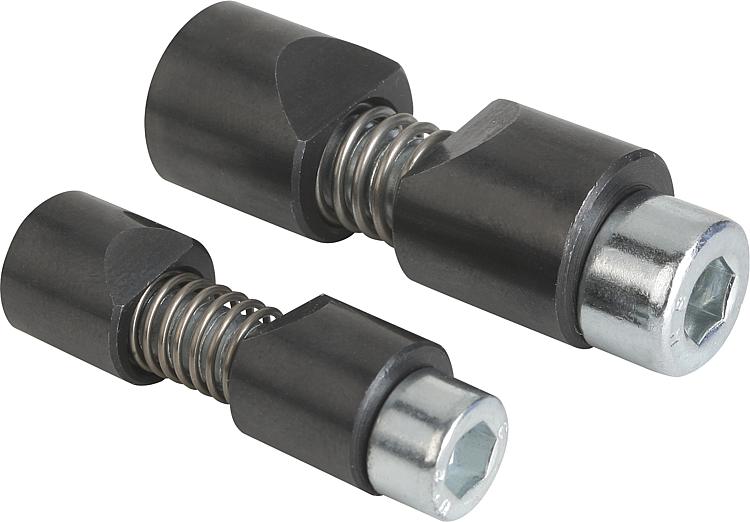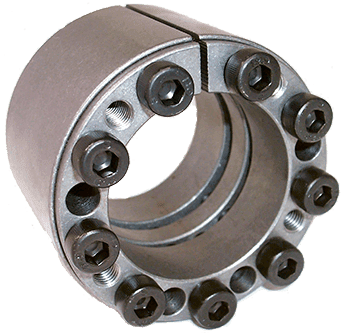Product Description
Product Introducation:
2001804:
1.Keep wire clamps spread open and free both hands.
2.Finger tip “position lock” makes it easy to replace the lower radiator hose.
3.Length:9”.
2001805:
1.Keep wire clamps spread open and free both hands.
2.Finger tip “position lock” make it easy to replace the lower radiator hose.
3.45° designed to fit some clamps in deep position.
4.Length:8.5”.
2001809:
Adjustable jaws fit all clamp sizes for easy removal and installation.This tool removes and installs flat band hose clamps used on heater and radiator hoses.Tips screw in and out of fit all clamp sizes.Ratcheting lock mechanism holds the clamp in an open position for easy removal and installation.Tips can be switched to accommodate different applications.Offset jaws allow in hard-to-reach areas.
Product Description:
| Item No. | KN-JY2001804 | KN-JY2001805 | KN-JY2001808 | KN-JY2001803 |
| Product Name | 9” Hose Clamp Pliers | Angled Flat Band Hose Clamp Pliers | 11” Curved Hose Clamp Pliers | Flat Band Hose Clamp Pliers |
| Product Size | 9” | 7” | 11” | 11” |
| QTY/CTN | 6/36 PCS | 6/36 PCS | 10/50 PCS | 12/36 PCS |
| N.W./G.W. | 8/9 KGS | 8/9 KGS | 22/23 KGS | 18/19 KGS |
| MEAS | 35.5×33.5×31 CM | 37.5×33.5×30 CM | 51.5x37x26.5 CM | 37x36x37 CM |
Product Picture:
| After-sales Service: | Service |
|---|---|
| Warranty: | 1 Year |
| Type: | Parts |
| Certification: | TUV, GS |
| Function: | Wire Stripping |
| Performance: | Twisting |
| Samples: |
US$ 15.00/Piece
1 Piece(Min.Order) | |
|---|
| Customization: |
Available
| Customized Request |
|---|

Are there educational resources on troubleshooting common issues with shaft clamps?
Yes, there are educational resources available to help troubleshoot common issues with shaft clamps. Here’s a detailed explanation:
When encountering problems with shaft clamps, it can be helpful to refer to educational resources that provide guidance on troubleshooting and resolving common issues. These resources can offer valuable insights into identifying and addressing problems related to shaft clamps. Here are some examples of educational resources:
1. Manufacturer’s Documentation:
The manufacturer of the shaft clamp may provide detailed documentation that includes troubleshooting information. This documentation can include user manuals, technical guides, or FAQs that address common issues and their resolutions for the specific clamp model. It’s highly recommended to consult the manufacturer’s documentation as a primary resource for troubleshooting.
2. Online Forums and Communities:
Online forums and communities focused on engineering, machinery, or specific industries can be a valuable source of information. These platforms often have discussions and threads dedicated to troubleshooting issues related to shaft clamps. Participating in these forums allows you to interact with experienced professionals, share problems, and seek advice on resolving specific issues.
3. Industry Publications and Magazines:
Industry publications and magazines related to mechanical engineering, machinery, or specific sectors often feature articles, case studies, or technical guides that address common issues encountered with shaft clamps. These resources provide insights into real-world applications and troubleshooting approaches.
4. Professional Associations and Organizations:
Professional associations and organizations related to mechanical engineering and specific industries may offer educational resources on troubleshooting common issues. They may provide technical papers, guidelines, or training materials that cover the topic of shaft clamp troubleshooting. These resources are often developed by experts in the field and can provide valuable insights.
5. Webinars and Online Courses:
Webinars and online courses focused on mechanical engineering or machinery maintenance may include modules or sessions dedicated to troubleshooting shaft clamps. These educational platforms offer interactive learning experiences and provide guidance on identifying, diagnosing, and resolving common issues related to shaft clamps.
When utilizing these educational resources, it’s important to critically evaluate the information and ensure that it aligns with the specific type and model of the shaft clamp you are troubleshooting. Every shaft clamp design may have unique characteristics and considerations. In complex or critical situations, it’s advisable to consult with industry experts or seek professional assistance to ensure accurate troubleshooting and resolution.
By leveraging these educational resources, you can enhance your knowledge and problem-solving skills, enabling you to effectively troubleshoot common issues with shaft clamps and ensure their optimal performance in machinery.

Where can I find tutorials on the proper installation of shaft clamps?
If you are looking for tutorials on the proper installation of shaft clamps, there are several online resources where you can find useful information and guidance. Here are some places to look:
- Manufacturer Websites: Many shaft clamp manufacturers provide instructional resources on their websites. Visit the websites of the specific brands you are interested in and look for sections such as “Installation Guides,” “Product Manuals,” or “Technical Resources.” These resources often include step-by-step instructions, diagrams, and even videos demonstrating the proper installation techniques for their shaft clamps.
- Online Video Platforms: Video-sharing platforms like YouTube or Vimeo are rich sources of instructional content. Perform a search using keywords such as “shaft clamp installation tutorial” or “how to install shaft clamps,” and you will likely find videos created by manufacturers, industry experts, or enthusiasts demonstrating the installation process. These videos can provide visual guidance and practical tips for installing shaft clamps correctly.
- Industrial and Mechanical Engineering Websites: Websites and online forums dedicated to industrial or mechanical engineering often have tutorials, guides, or articles that cover various aspects of mechanical assembly, including the installation of shaft clamps. Look for reputable websites, forums, or blogs in these domains and search for relevant articles or tutorials. These resources are typically created by professionals and experts in the field.
- Online Training Courses: Some online platforms offer paid training courses or webinars focused on mechanical assembly techniques. These courses may cover topics like shaft clamp installation as part of a broader curriculum. Look for reputable platforms that specialize in technical training or industrial skills development. These courses can provide in-depth knowledge and practical techniques for proper shaft clamp installation.
- Professional Networks and Associations: Engaging with professional networks and industry associations can also offer opportunities to access installation tutorials. Attend industry events, conferences, or webinars where professionals gather, and take advantage of workshops or sessions that cover mechanical assembly practices. Networking with experienced professionals in your field can also lead to recommendations for specific resources or training materials on shaft clamp installation.
When using these resources, it is important to ensure that the information comes from reputable sources and aligns with industry standards and best practices. Always refer to the specific manufacturer’s instructions and guidelines provided with the shaft clamps you are using, as they may have unique installation requirements or recommendations for their products.
By exploring these different sources, you can find tutorials and instructional materials that will help you understand the proper installation techniques for shaft clamps and ensure their effective use in your mechanical assemblies.

What is a shaft clamp, and how does it differ from other shaft fastening methods?
A shaft clamp is a type of fastening device used to secure components onto a shaft. It differs from other shaft fastening methods in its design and mechanism of operation. Here’s a detailed explanation of what a shaft clamp is and how it differs from other shaft fastening methods:
A shaft clamp is typically a two-piece device consisting of a collar and a clamping mechanism. The collar is a ring-shaped component that fits around the shaft, while the clamping mechanism is used to tighten the collar securely onto the shaft. The clamping mechanism can vary depending on the specific design but often includes screws, bolts, or levers that apply pressure to the collar, creating a tight grip on the shaft.
One key difference between a shaft clamp and other shaft fastening methods is the ease of installation and removal. Shaft clamps are designed to be easily installed or removed without requiring specialized tools or equipment. The clamping mechanism allows for quick adjustments and secure tightening of the collar onto the shaft, ensuring a reliable grip.
Compared to other shaft fastening methods such as set screws or keyways, shaft clamps offer several advantages:
- Easy Adjustability: Shaft clamps provide the ability to easily adjust the position of components along the shaft. The clamping mechanism allows for precise tightening or loosening of the collar without damaging the shaft or the component being secured. This adjustability is particularly useful in applications where component alignment or positioning needs to be fine-tuned.
- No Shaft Damage: Unlike set screws, which can cause indentation or damage to the shaft, shaft clamps distribute the clamping force more evenly around the shaft circumference. This helps to prevent shaft damage while ensuring a secure grip. It is especially beneficial when working with softer or delicate shaft materials.
- Reduced Slippage: Shaft clamps provide a reliable and secure grip on the shaft, minimizing the risk of slippage or movement of the secured components. The clamping mechanism applies even pressure around the collar, creating a uniform grip along the shaft circumference. This feature is advantageous in applications with high torque, vibration, or dynamic loads.
- No Shaft Modification: In contrast to keyways or other methods that require shaft modification, such as drilling or milling, shaft clamps can be easily installed on standard shafts without the need for any modification. This preserves the integrity of the shaft and allows for reversibility if needed.
- Wide Range of Sizes and Designs: Shaft clamps are available in various sizes, materials, and designs to accommodate different shaft diameters and application requirements. They can be found in materials such as steel, stainless steel, aluminum, or plastic, offering flexibility in terms of strength, corrosion resistance, or weight considerations.
It is important to note that the selection of the appropriate shaft fastening method, including shaft clamps, should be based on the specific application requirements, load conditions, and compatibility with the components being secured. Consulting with shaft collar manufacturers, engineers, or industry experts can help in determining the most suitable fastening method for a particular application.


editor by CX 2023-11-09